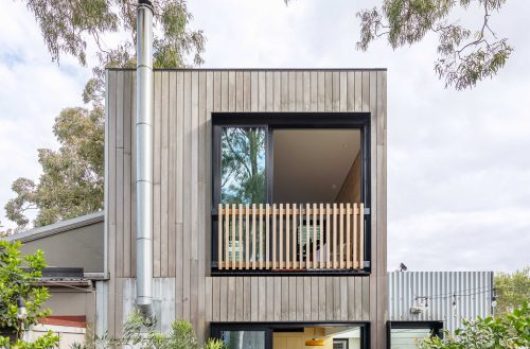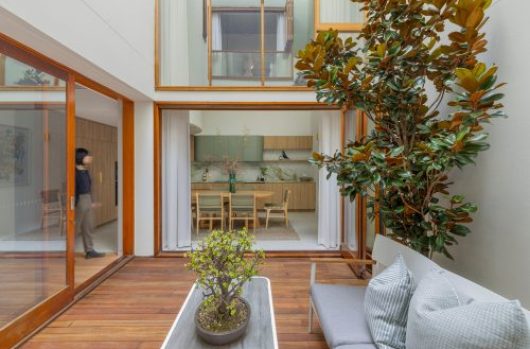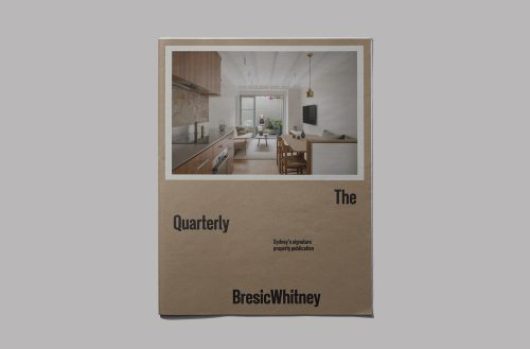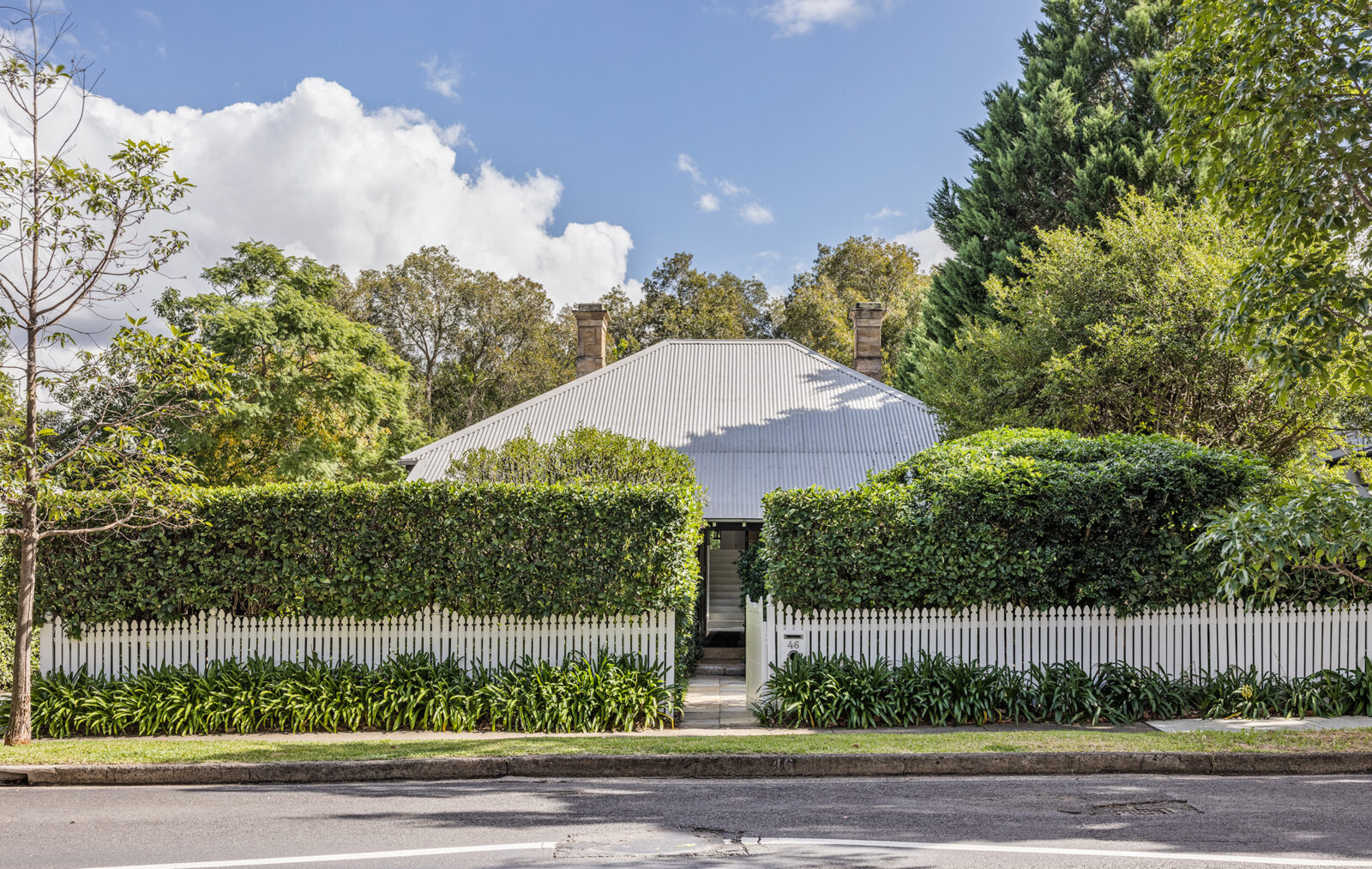
The Monthly: Clouds part for Sydney property
April Edition.
The recovery of the Sydney property market gained further pace in April following a positive first quarter, with the latest BresicWhitney data revealing year-on-year increases across key indicators of demand.
The group sold a total of 89 properties in April, equating to $206.5 million in sales volume, or an average sale price of $2.31 million. BresicWhitney’s auction clearance rate sat at 88% for April, the highest clearance in more than 12 months, with an average of 4.6 bidders at every auction – another high in recent records.
Key results in April included the sale of a two-bedroom apartment at 1/1-13 Grafton Street Balmain, which sold at auction for $2.4m – a 20% premium on the market last year. A four-bedroom renovated home at 1 Padstow Street Rozelle sold for $3.25m. Meanwhile, the three-bedroom Harbour residence at 3/8-10 Billyard Avenue, Elizabeth Bay secured $6.5m.
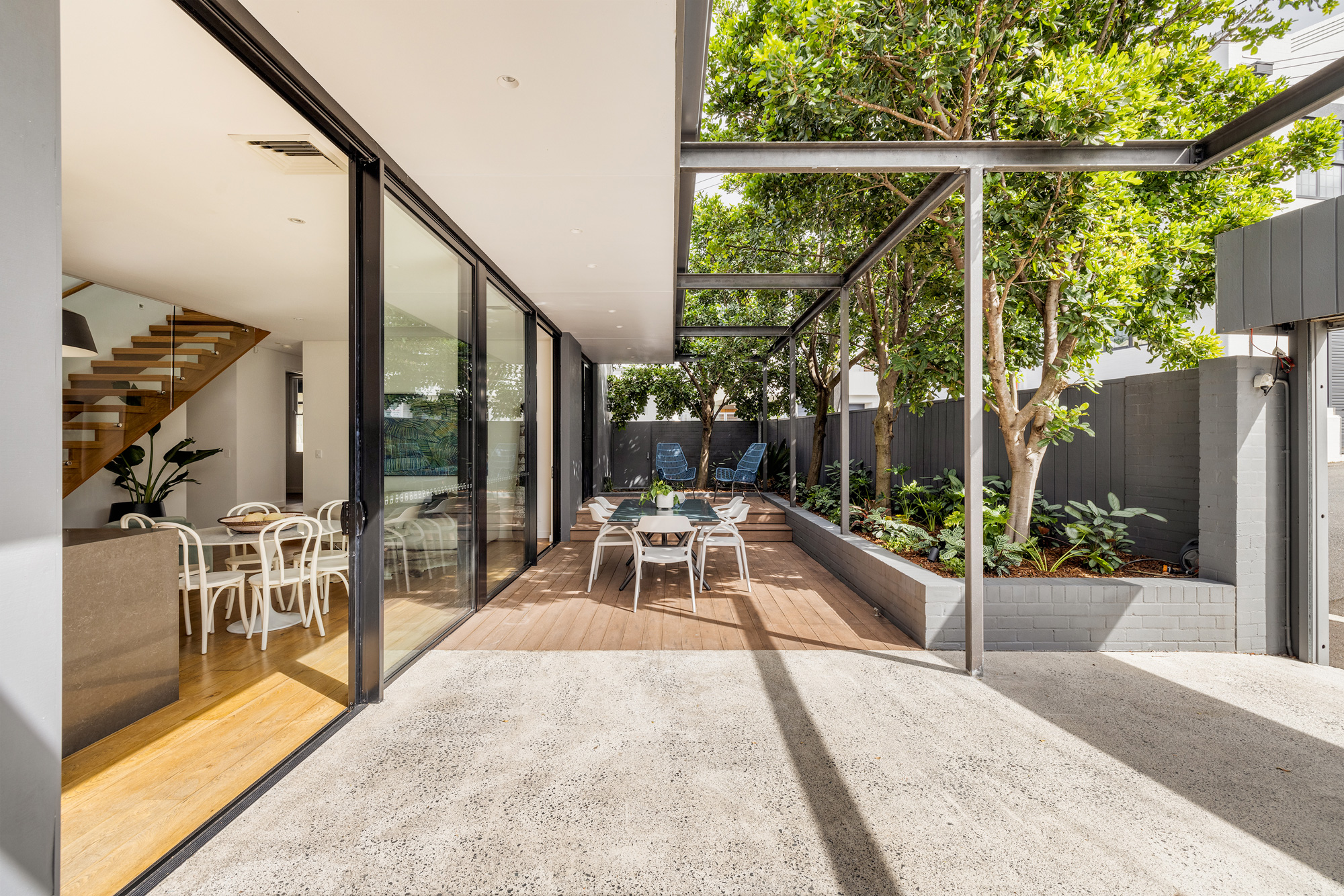
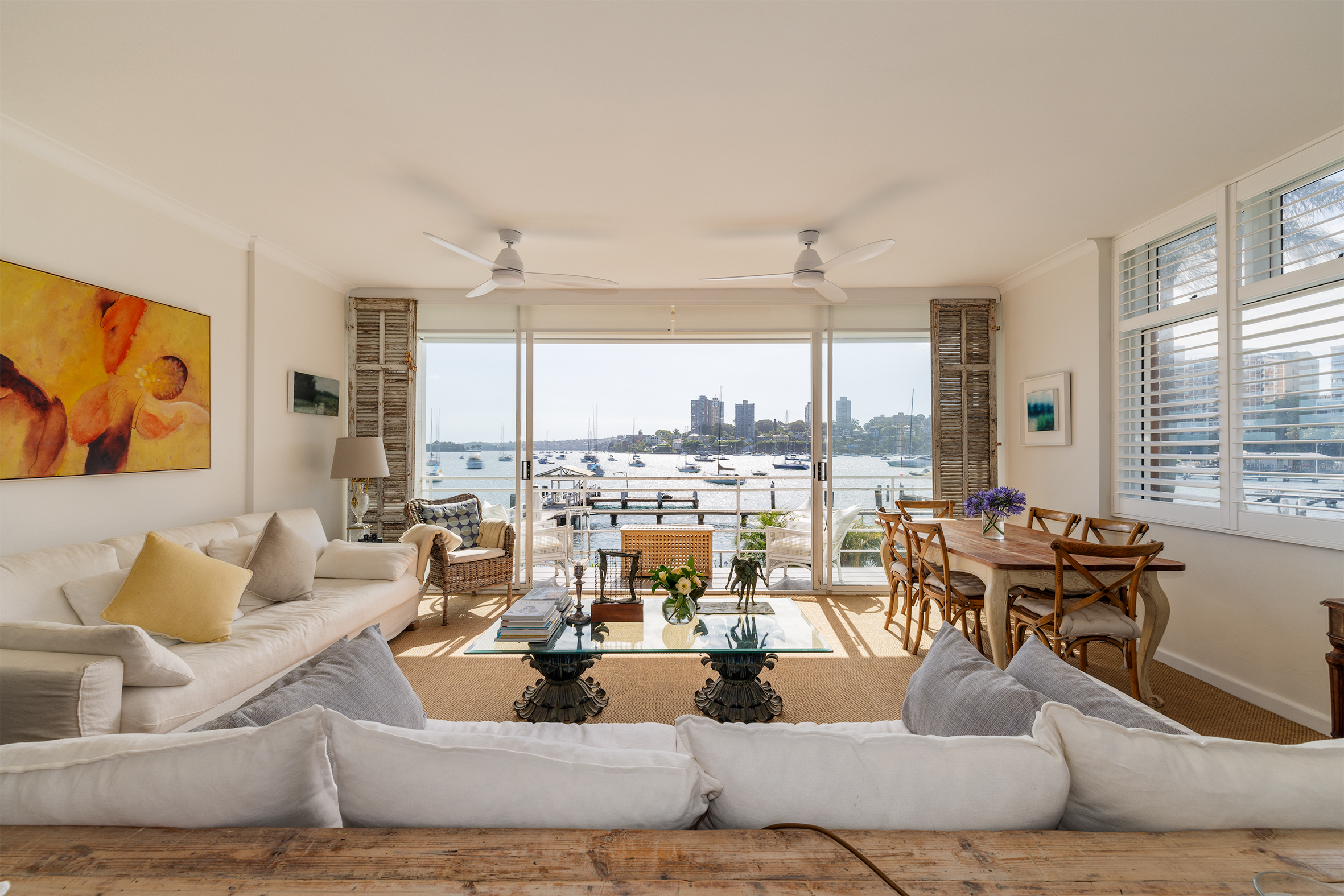
March and April combined saw a total of 183 properties listed by BresicWhitney, an increase of 6% compared to the same months in 2022, when the market first became symptomatic of the changing tide. While on-market campaigns remain the preferred method for the majority of sellers and buyers, properties listed off market continue to transact in a timely manner. 19% of BresicWhitney’s total sales in April were sold off market – 2-3 percentage points higher than the 2022 average. Leading the charge was the sale of 2D Greenoaks Darling Point for $11 million. 19 Everard Street Hunters Hill also sold for $4.4m, a significant increase on its 2020 sale value of $3.45m. With no upgrades since then, this represented growth of 28% in less than three years.
“The conversation has shifted from predicting when we may reach the bottom of the cycle, to unpacking the evidence that we’re already past it,” says BresicWhitney Chief Executive Officer, Thomas McGlynn. “The conditions may not feel overwhelmingly different to six or twelve months ago, but the data tells us otherwise. It’s encouraging to see the spread of confidence in participants, and recognition in the public domain about the path to recovery for Sydney property.” Mr McGlynn confirmed there was increasing appetite from the market to engage across varied price points. He cited BresicWhitney’s elevated 90% clearance of all properties it lists (across various selling methods), higher than the 70% recorded in mid-2022.
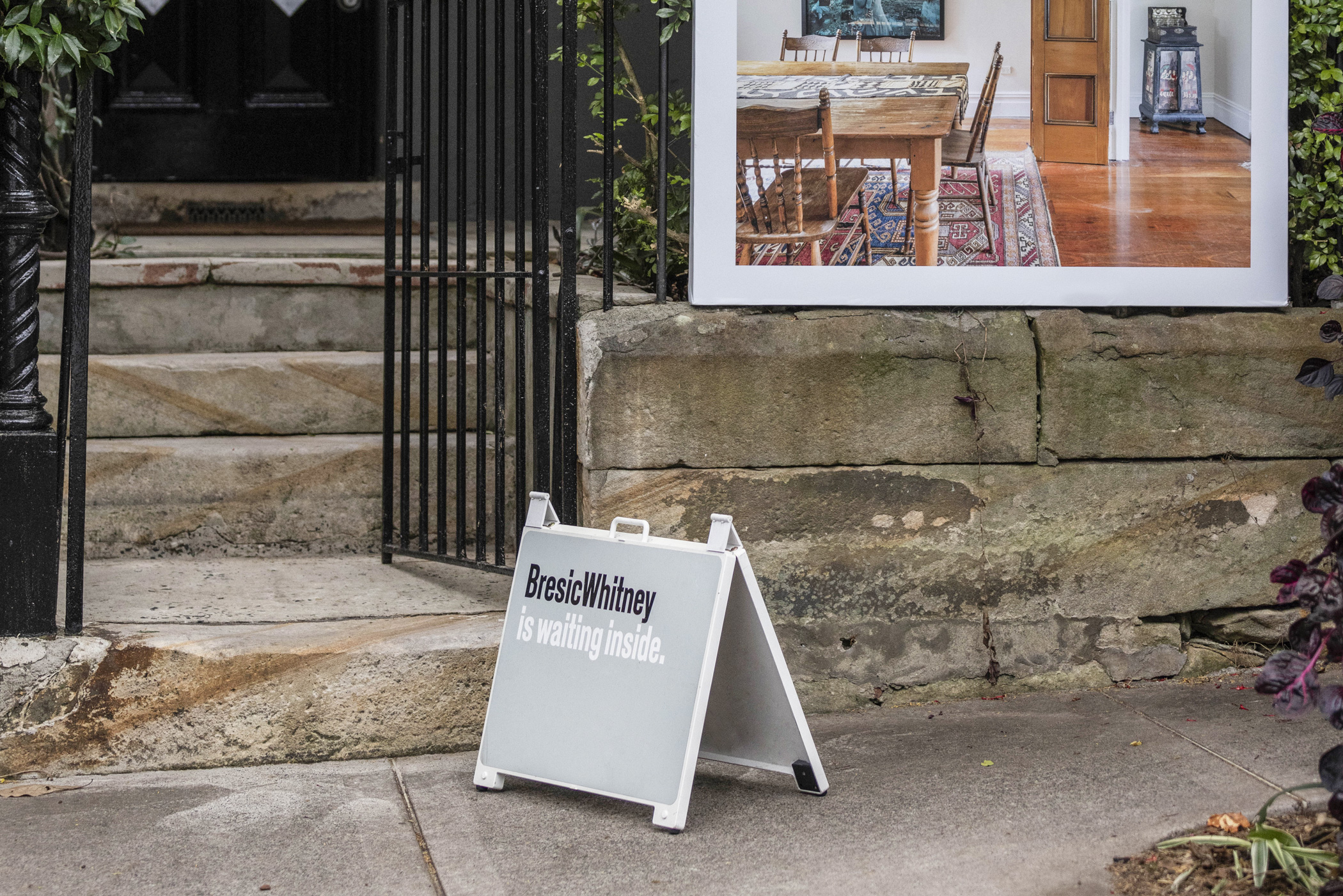
April also welcomed a number of shifts in the market that accelerated the traction. This was led by the steadying of the cash rate at the RBA’s April meeting. Despite a 0.25% increase in May, general confidence that the tightening cycle is nearing the end remains. House prices have also trended upwards, with CoreLogic now having recorded more than a 3% increase in prices over the past three months. Coupled with revised house price forecasts from major financial institutions, Mr McGlynn said April had set the foundation for a positive second half of 2023.
“The continuation of increases in auction clearance rates and prices reflects a pattern of intent from both sellers and buyers to move ahead with their plans. May is likely to be another strong month, and while we expect the seasonal lull of Winter to quell this a little, it’s not likely to detract from the overall growth trajectory. It’s possible that over the calendar year Sydney property prices may see a five to six percent increase. It’s important however that we do retain a level of cautious optimism. The Federal Budget on May 9, as well as current inflation figures, are a reminder that there are factors with the ability to influence sentiment and to a lesser extent, activity,” he said.

The steadying of the sales market in April was also somewhat reflected in the rental market. Head of Property Management Chantelle Collin said, “While many owners are wanting to test the strength of the rental market, fuelled by the reports about the tenant demand and low vacancy, the majority understand the benefits of not being overly advantageous about this.
“There has been a slight increase in the Sydney vacancy rate, which could be attributed to those property owners testing the market and these properties are taking two to three opens to lease, rather than leasing immediately which we were experiencing earlier in the year. This correlates to a slight increase in the number of listings available. The demand remains the strongest for apartments – the asset type impacted the most during the pandemic with respect to vacancy and rental decreases – which is reflective of the ongoing normalisation of post-pandemic life,” she said.
For a more in-depth analysis of Sydney property market activity, head to The Quarterly or contact us.
